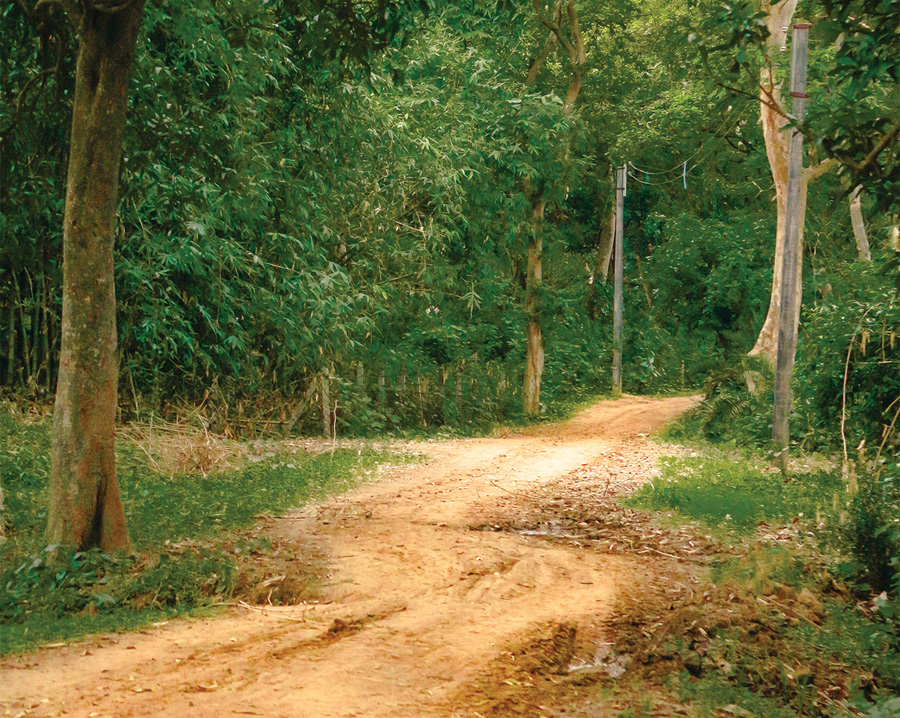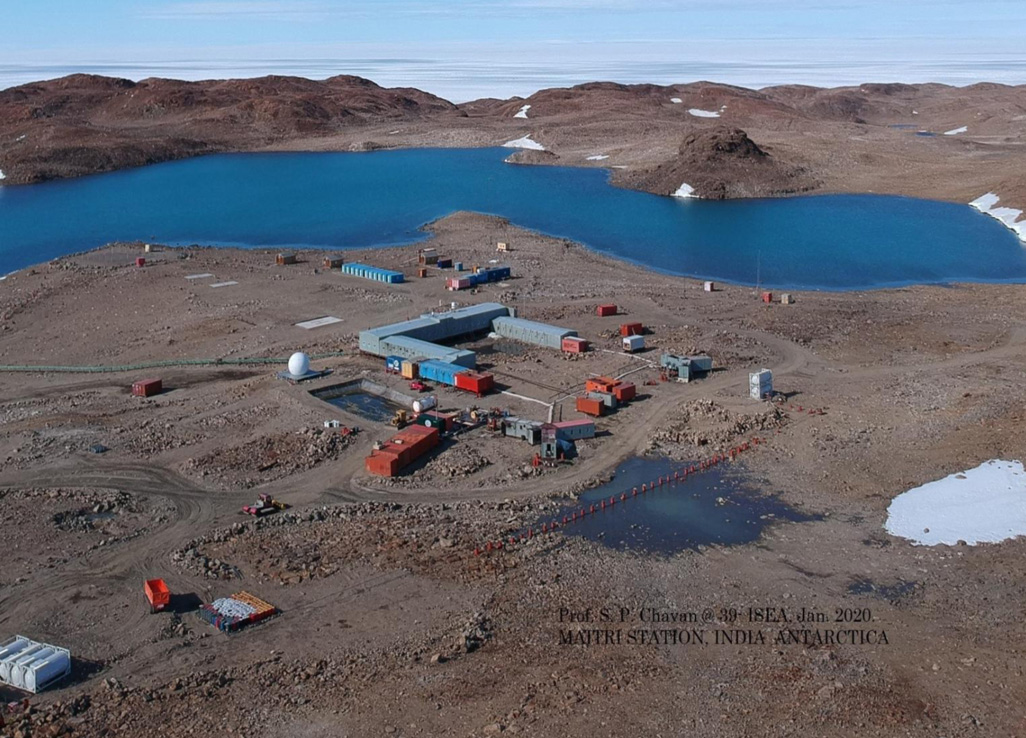Rangamatir Shantiniketan
Published: Jul 16, 2018
Published: Jul 16, 2018

Photo: Anulekha Prasad
The road leading to the Santhal village, filled with small mud-baked houses and an ultra-posh locality.
Keep reading with one of these options :
